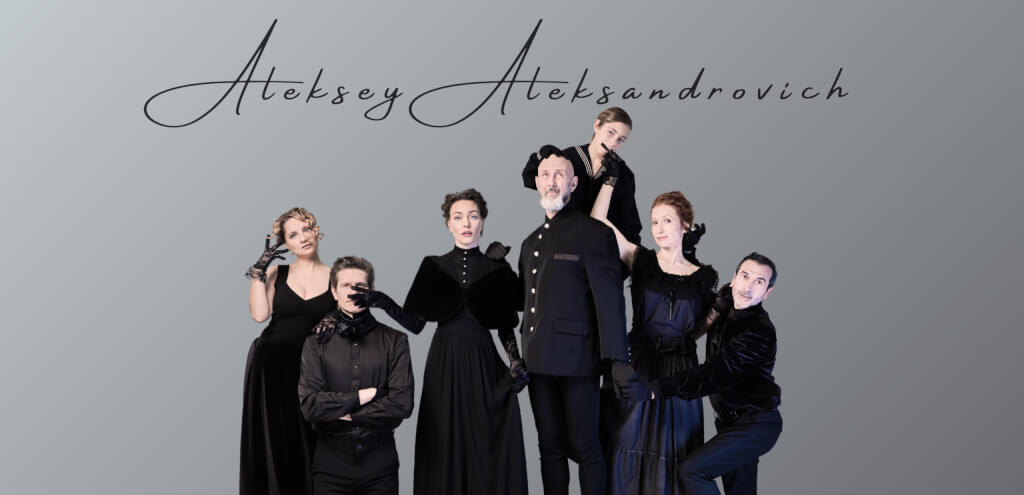An ancient book that changed the world sold for $2 million in New York
'08.02.2024'
Alina Prikhodko
The book, which was bought in 2007 for $14, was sold at Christie's online auction for $256. “De humani corporis fabrica” not only changed the study of anatomy, but also revolutionized ideas about medicine in general.
Thanks to its special design, careful printing and detailed drawings of the human body, it advanced the teaching of medicine by as much as 1500 years, reports New Atlas.
In 2007, a retired Canadian doctor paid $14 for a second edition of Andreas Vesalius's 256 book De humani corporis fabrica, which was in excellent condition. It is one of the most influential books in history, with only 1555 copies known. The book was in the hands of collectors for more than four centuries and had extensive Latin notes in the hand of an unknown author.
Books with annotations are generally avoided by collectors because they are often seen as a desecration of the finished work, especially if they are important works, and even more so if it is a big, beautiful book like De humani corporis fabrica.
“When Andreas Vesalius (1514-1564) first published his radical work De humani corporis fabrica (On the structure of the human body), the ancient texts of Aristotle and Galen were still considered authoritative in the medical schools of Europe. By conducting his own autopsies, Vesalius discovered errors in the teachings of the ancient authors. “De humani corporis fabrica,” which called attention to these shortcomings, initially threatened the academic medical community, but ultimately earned Vesalius the admiration and position as court physician to Charles V, to whom he dedicated the volume,” the Metropolitan Museum of Art wrote about its copy of “De humani.” corporis fabrica.”
The book changed not only anatomy, but also medicine in general, and most importantly, the methods of its teaching. The fact that his work was published before his thirtieth birthday speaks volumes about the genius of Vesalius (1514-1564). And although his work is now considered the basis of modern human anatomy, the natural scientist faced fierce opposition from the medical community. He questioned everything that came before him. Now skepticism is part of the scientific method, but at that time it was not.
Breaking: 'Bookfind of the century' sells for $2.23 million https://t.co/kfk8r3Meir
— Stephanie J. Lahey, PhD (@SJLahey) February 6, 2024
Annotation Identification
When Canadian pathologist and dedicated bibliophile Dr. Gerard Vogrincic received his book from the German auction house Ketterer Kunst, he quickly realized that the annotations were very unusual. To begin with, he had been collecting annotated books for a long time, and this one had many more annotations than he had ever seen.
And most importantly, although Vogrinčić could not read Latin, he understood what collectors for 500 years had failed to understand: annotations are rewrites of printed sentences and paragraphs, not notes, and there is only one logical explanation for this. The first hurdle was matching known examples of Vesalius's handwriting with the handwriting in the book, but Vesalius's book had many understandable implications, and challenging the status quo is not for the faint of heart.
Vesalius was so viciously attacked by the medical community that at one point he burned all his notes and withdrew from academia entirely.
On the subject: World's oldest Hebrew Bible sold for $38 million at auction in New York
One of Vesalius's former professors wrote at the time: “I beg His Imperial Majesty to punish severely, as he deserves, this monster born and bred in his own home. This is the worst example of ignorance, ingratitude, arrogance and wickedness. Suppress it so that it does not poison the rest of Europe with its poisonous breath.”
Vogrinčić discovered that when Vesalius burned all his notes, he almost completely destroyed known examples of his handwriting, and surviving examples are now much rarer than his books. Approximately 150 copies of this book have survived 500 years, but fewer than ten copies of Vesalius' letters are known. Vogrinčić managed to find two such letters.
Imagine how breathtaking it is when you compare the famous handwriting of Vesalius with the notes in the margins of his book and gradually realize that every single stroke matches. Even to the untrained eye it was absolutely clear that this was the work of the same person.
Instead of a desecrated second edition, Vogrinčić held the autograph of one of history's most important scientists for an unpublished third edition of one of the most influential books.
The price of heritage
Not surprisingly, the book's price of $2,228 million was among the ten most expensive scientific materials in auction history and surpassed the $1 price paid at Christie's in 652 for a copy given by Vesalius to the Holy Roman Emperor Charles V in the fall of 500. This copy is easily recognizable as it is the only known color copy.
Vogrinčić's passion for preserving our scientific heritage, his admiration for Vesalius, and his determination to understand the notes demonstrate how well he learned from Vesalius' example. Christie's announced that an annotated copy of Andreas Vesalius's opus "De humani corporis fabrica" was purchased at auction by the Flemish Community, Department of Culture, one of the three constitutionally authorized regional governments of Belgium, in conjunction with the university KU Leuven. Now the rarity will be exhibited at KU Leuven, the oldest university in Europe.
Andreas Vesalius was born in 1514 in Brussels as Andries van Wezel, and his name was Latinized when he moved to Italy to study. He originally studied at the University of Leuven, so Vesalius's most important book is essentially a homecoming.
Christie's spokeswoman Rhiannon Nole said after the sale: “Christie's is honored to be handling the sale of this very important book, a recent discovery and a unique piece of intellectual history. We are especially pleased that she is now returning to Vesalius’ alma mater and to the care of the Flemish people.”







